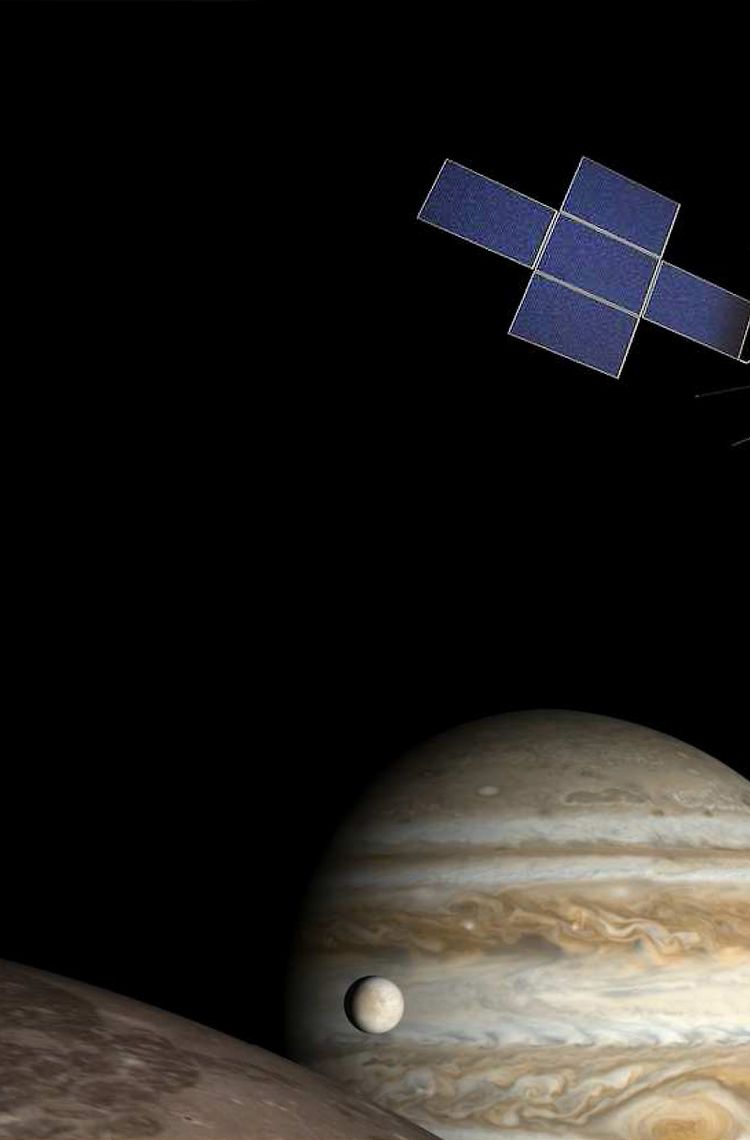Summary
- - To be launched in 2022 - Expected to reach Jupiter in 2030 - Mission: To study if life on Jupiter’s icy moons is possible - Airbus Defence and Space is a prime contractor for JUICE spacecraft
The European Space Agency (ESA) has contracted Airbus Defence and Space to lead a consortium of more than 60 companies to develop and build a spacecraft that ESA will use in its next mission to track life inside the Solar System.
In May 2022, the spacecraft JUICE (Jupiter Icy Moons Explorer) will set off on an almost 600 million-kilometre-long journey to Jupiter, where it is expected to arrive in 2030.
For three and a half years, JUICE will sweep around the giant planet, exploring its turbulent atmosphere, enormous magnetosphere, and tenuous set of dark rings, as well as studying its three largest icy moons - Europa, Ganymede and Callisto.
“The goal is to investigate whether there are liquid oceans under these icy crusts which might harbour organic components or even life” says Vincent Poinsignon, the JUICE project manager.
The mission will culminate in a dedicated eight-month tour around Ganymede. No icy moon has ever been orbited by a spacecraft before. During this period, JUICE will perform detailed investigations of the moon and its interaction with the environment.
The spacecraft will carry ten state-of-the-art instruments, including cameras, spectrometers, an ice-penetrating radar, an altimeter, radio-science experiments, and sensors to monitor the magnetic fields and charged particles in the Jovian system.
To power all those instruments at Jupiter, 780 million km from the Sun, JUICE will need the biggest solar array system ever flown on a planetary mission. This generator will have a collecting area of almost 100 square metres, compared to the 64 square metres of the Rosetta’s mission to the comet 67P.
After the launch, Juice will use a series of gravitational flybys of the Earth, Venus and Mars to build up enough speed to reach Jupiter’s orbit.
